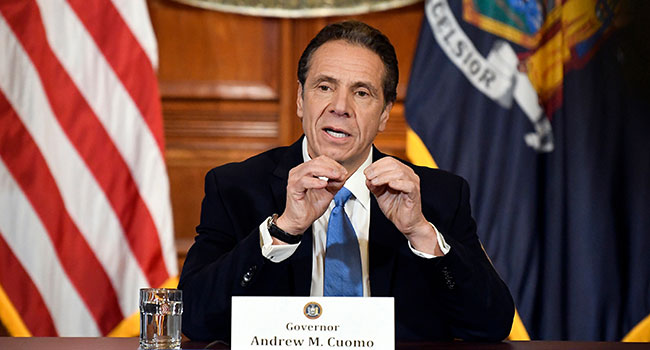
Cuomos Plans to Reopen New York Schools Includes Tracking Visitors
An action plan laid out by New York Gov. Andrew Cuomo (D) on Monday calls for reopening New York schools in regions of the state with less than a 5 percent coronavirus infection rate. He also said he would sign an executive order to gather personal information from those traveling to the state from parts of the United States deemed to be COVID-19 hot spots.
The decision will be made on the first week of August whether public schools can welcome back students after campuses were closed in mid-March due to the pandemic.
"Common sense and intelligence can still determine what we do, even in this crazy environment," Cuomo saids. "We’re not going to use our children as guinea pigs."
In order to open a region has to be in Phase 4 of its reopening and have an infection rate of less than 5-percent over a 14-day rolling average. After a restart, schools will have to shut down if a 7-day infection rate hits 9 percent, the governor said.
Last week, New York City officials offered a plan to bring back students to the nation's largest school system this fall, but for only two or three days a week — though the governor will still have final say on when campuses in the five boroughs reopen.
"We are not going to use our children as a litmus test," Cuomo said. "We're not going to put children in a place where their health is in danger."
In the first wave of the pandemic in the United States, New York and its neighboring states were the hardest hit by COVID-19. Recently, the Northeast has generally driven down the rate of infection and deaths.
New York, New Jersey and Connecticut banded together last month to ask visitors from states deemed to be coronavirus hotspots to quarantine for 14 days.
On Monday, Cuomo said an executive order would mandate that out-of-state travelers would have to provide contact information upon entering New York. Travelers not providing that contact information could face a fine of $2,000.